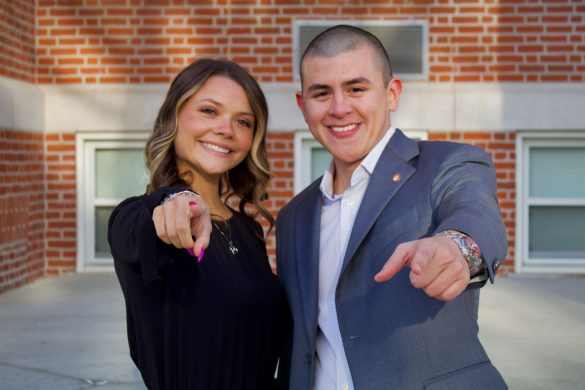Gabby Petito, a 22-year-old white woman, was declared missing on Aug. 30. After a three-day search, the Federal Bureau of Investigation discovered her body on Sept. 19. Petito’s case became a national sensation, in large part because of the awareness that people brought to the case on social media platforms, according to The New York Times. Following Petito’s disappearance and death, there have been calls for the United States Justice Department to do more when investigating the cases of missing women of color, according to NPR.
In an article from The New York Post, “missing white woman syndrome” is described as the disparity between the attention paid to white women who are missing and the attention paid to women of color who are missing. “Missing white woman syndrome” was trending on social media sites as media outlets and authorities focused on Petito’s case, according to The New York Post. The syndrome is nothing new to me, as a person of color. Growing up, I knew that my skin color always was going to make me different from my predominantly white peers. I was constantly aware of the disparities between us. It’s not something people of color can escape. All my life I have known that skin color is usually one of the first things others notice.
According to a study published in 2016 by the Northwestern University School of Law, the Scripps Howard News Service analyzed both CNN’s and Associated Press News’ on their coverage of missing white children in comparison to missing children of color. The study looked at stories between the years 2000 to 2004 and found that 162 of the AP News stories and 43 of the CNN reports overrepresented white children. Using these numbers, one can make a rough comparison with the Petito case that speaks volumes about how missing white people and missing people of color are treated differently. Petito’s case was a horrible and tragic event. However, the flood of news sources covering the Petito case from beginning to end should also cover the cases of missing women of color.
Helping to end these disparities begins with self-education. The Black and Missing Foundation is a great place to start researching this topic. The organization was created to help spotlight missing people of color, according to its website. Somewhere, there are little brown and Black girls missing, Black and brown mothers missing, and Black and brown friends missing. They need for this disparity to change.
This is not intended to undercut the seriousness of the Petito case, but simply to help others recognize that missing women of color do not get the same treatment. I have personally experienced this and can attest to how difficult it is to grieve when no one seems to be listening or willing to help. This reflection is for all the missing women of color… may they be found safe and alive.








